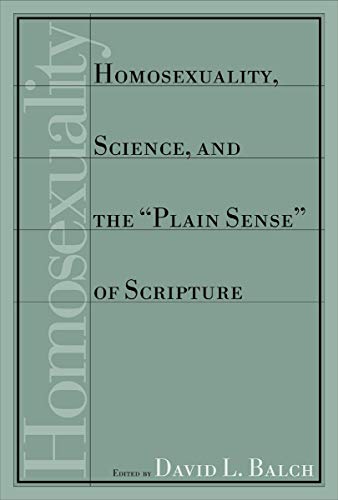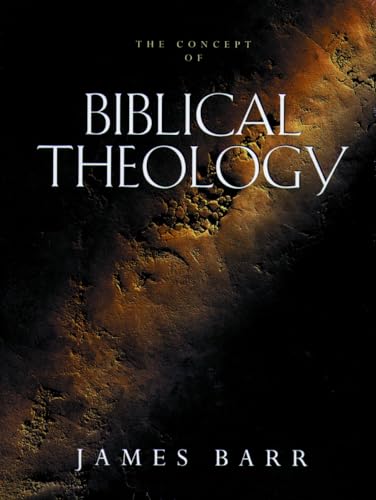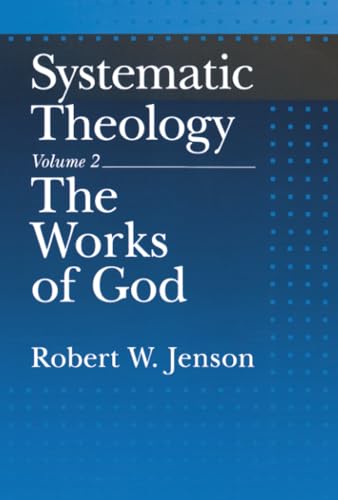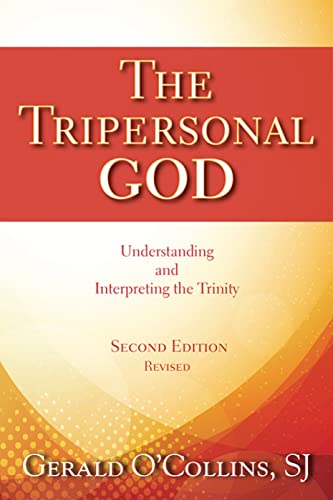Hannah’s Desire, God’s Design: Early Interpretations of the Story of Hannah (JSOTSSup. 282)
Written by Joan E. Cook Reviewed By David Toshio TsumuraIn this book, Joan Cook analyses the story of Hannah as ‘a literary entity’, and illustrates its position in Israelite tradition by noting the common themes of the barren mother and of divine guidance.
Chapter 2 presents a detailed analysis of the Hannah story in 1 Samuel, based on Cook’s 1989 Vanderbilt dissertation. Chapter 3 examines the story in Pseudo-Philo’s Biblical Antiquities. In this ‘rewritten’ Bible with additional legendary material, Hannah is given the new role of a teacher of wisdom as ‘the mother of the “light to the peoples” (51.6), whose milk nourishes with wisdom her son and all people’ (74).
Chapter 4, on the Aramaic ‘Targum of the Prophets’, deals only with Hannah’s Song, since the narrative part is identical to the Hebrew version. The song is classified as an apocalypse, not a hymn as in the Hebrew text, and like other targumim contains some lengthy expansions. It consists of two parts: ‘retrospective predictions about the history of Israel’ (vv. 1–5), and the ‘divine eschatological activity’ with the aspects of ‘reward and punishment’ (vv. 6–10). Chapter 5 discusses the infancy narrative in Luke 1–2. Both the Magnificat and the narrative are replete with allusions and direct references not only to 1 Sam. 1–2 but also to various other parts of the OT (e.g. Hab. 3:18, Deut. 26:7, Exod. 1:1–2:10). ‘These references link the story of Jesus’ birth with those of Israel’s earlier leaders, and highlight the historical continuity and divine guidance the people had enjoyed since the time of Abraham.… Luke recounts the birth story of Jesus who is God like YHWH’ (112–13).
Cook summarises: ‘the literary theme of the barren mother type scene … illustrates the sometimes subtle changes in Hannah’s actions and characterisation in the different versions’, resulting from ‘resignifying the stories according to contemporary concerns’ (119). Within this scene, ‘the theological theme of divine guidance and human initiative is expressed’. While in Luke’s infancy narrative the birth of the son is attributed entirely to God, 1 Samuel takes Samuel’s birth as initiated by the mother’s request, etc. In Pseudo-Philo’s narrative both divine and human causes are presented.
Cook is not primarily concerned with the meaning of the Hannah’s story in Samuel as such, but with how the story has been adapted by later authors to their readers’ community interest. This is well demonstrated. However, one might feel uneasy about claiming to see the barren mother type in Elizabeth and Mary as in the Hannah stories. For one thing, ‘the barren mother type’ is not unique to the Hannah story, though Hannah’s song certainly became the prototype of the Magnificat (see 102–107). Cook seems to go too far in saying that Luke’s account is an ‘interpretation’ of Hannah’s story. Occasionally Cook makes unnecessary emendation (e.g. 1 Sam 2:2; see 41, n. 37).
In summary, Cook’s study is useful and helpful for understanding how the story and song of Hannah were interpreted and adapted to later readers’ community interest.
David Toshio Tsumura
Japan Bible Seminary, Tokyo







